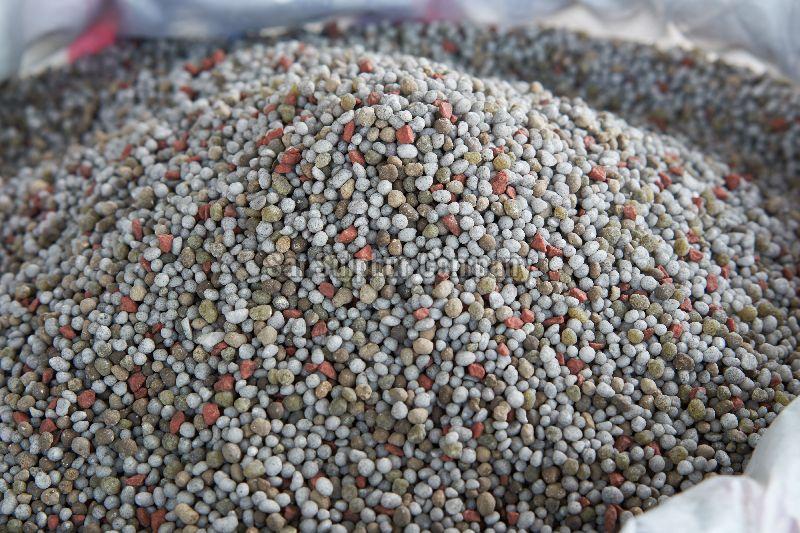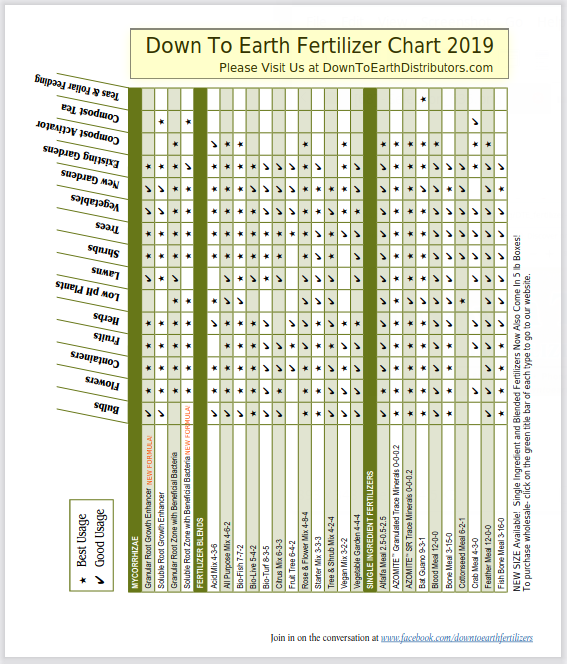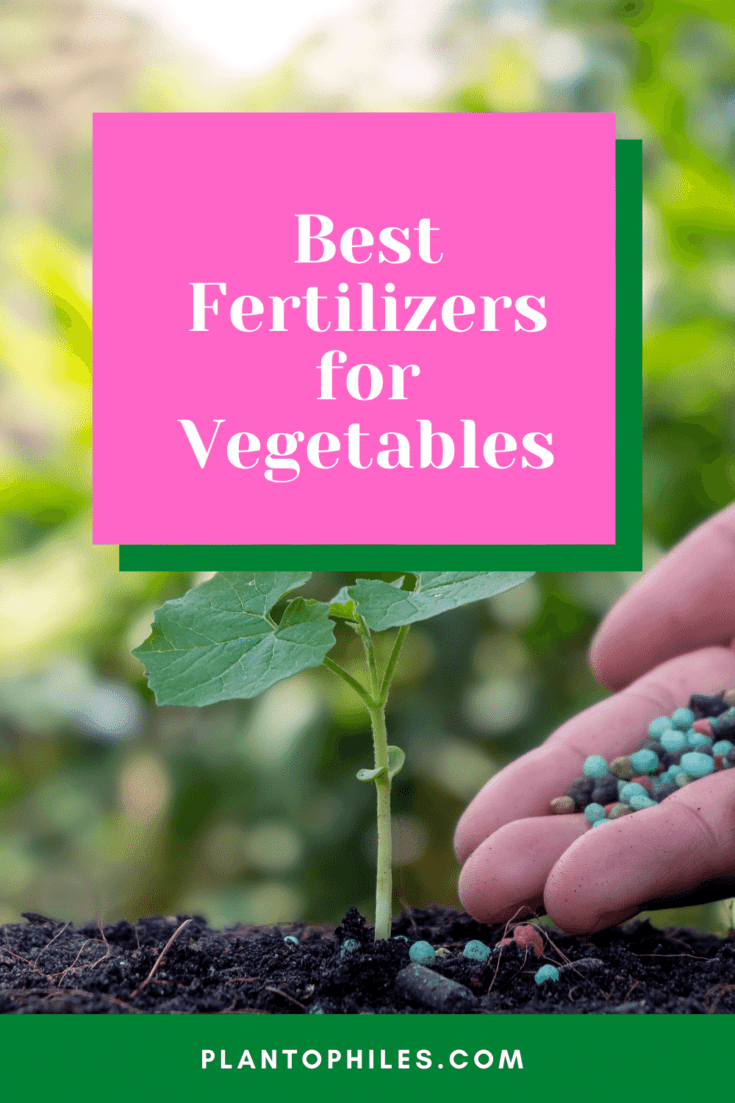Npk Fertilizer: The Key To Healthy Plants
Title: NPK Fertilizer: The Key to Healthy Plants
Introduction:
NPK fertilizer is a type of fertilizer that contains the three essential macronutrients for plant growth: nitrogen, phosphorus, and potassium. These nutrients are essential for plants to produce chlorophyll, grow strong roots, and resist disease.
In this blog post, we will discuss the importance of NPK fertilizer for plant health, the different types of NPK fertilizers available, and how to choose the right fertilizer for your plants.
Main Content:
- Nitrogen is the nutrient that is most responsible for plant growth. It is used to produce chlorophyll, which gives plants their green color. Nitrogen also helps plants grow new leaves and stems.
- Phosphorus is important for root development, flower production, and seed formation. It also helps plants use other nutrients more efficiently.
- Potassium helps plants regulate water balance, resist disease, and produce carbohydrates. It is also involved in photosynthesis.
All three of these nutrients are essential for plant health. However, the amount of each nutrient that a plant needs varies depending on the type of plant, its stage of growth, and the soil conditions.
There are many different types of NPK fertilizers available. They come in a variety of forms, including liquid, granular, and slow-release fertilizers.
- Liquid fertilizers are easy to apply and quickly absorbed by plants. However, they can be more expensive than other types of fertilizers.
- Granular fertilizers are less expensive than liquid fertilizers and can be applied to the soil. However, they can take longer to be absorbed by plants.
- Slow-release fertilizers release nutrients over a period of time, which helps to prevent nutrient burn. They are a good option for plants that are sensitive to fertilizer.
When choosing an NPK fertilizer, it is important to consider the following factors:
- The type of plant you are growing
- The stage of growth of the plant
- The soil conditions
- Your budget
Conclusion:
NPK fertilizer is an essential part of plant care. By providing your plants with the nutrients they need, you can help them to grow healthy and strong.
Here are some additional tips for using NPK fertilizer:
- Read the label carefully before applying fertilizer.
- Apply fertilizer according to the manufacturer's instructions.
- Avoid over-fertilizing, as this can damage plants.
- Test your soil regularly to determine the nutrient levels.
By following these tips, you can help to ensure that your plants are getting the nutrients they need to thrive.
NPK is a fertilizer that is essential for plant growth. It stands for nitrogen, phosphorus, and potassium, which are the three main nutrients that plants need. The N-P-K ratio on a fertilizer label tells you the proportion of these nutrients in the fertilizer.
For more information about NPK, please visit Garden Wiki. This website has a wealth of information about NPK, including its benefits for plant growth, how to choose the right fertilizer for your plants, and how to apply fertilizer correctly.
FAQ of npk
- What is NPK?
NPK stands for nitrogen, phosphorus, and potassium. These are the three main nutrients that plants need to grow and thrive. Nitrogen helps plants produce green leaves, phosphorus helps plants develop strong roots, and potassium helps plants resist disease and stress.
- What are the benefits of NPK fertilizer?
NPK fertilizer can help plants grow faster, produce more flowers and fruit, and be more resistant to pests and diseases. It can also improve the overall health and appearance of plants.
- How do I choose the right NPK fertilizer for my plants?
The right NPK fertilizer for your plants will depend on the type of plant, the stage of growth, and the soil conditions. In general, leafy plants need more nitrogen, while flowering plants need more phosphorus. You can find NPK fertilizers that are specifically formulated for different types of plants.
- How often should I fertilize my plants with NPK fertilizer?
The frequency of fertilization will depend on the type of plant, the stage of growth, and the soil conditions. In general, you should fertilize your plants every 4-6 weeks.
- What are the side effects of using NPK fertilizer?
Over-fertilizing plants with NPK can be harmful. It can cause the leaves to yellow, the roots to burn, and the plant to become more susceptible to pests and diseases. It is important to follow the directions on the fertilizer label carefully.
- Are there any alternatives to NPK fertilizer?
There are a number of alternatives to NPK fertilizer, including organic fertilizers, compost, and manure. These fertilizers can be just as effective as NPK fertilizer, and they are often better for the environment.
Image of npk
- NPK fertilizer granules. This image shows a close-up of NPK fertilizer granules. The granules are a variety of colors, including white, yellow, and brown.

- NPK fertilizer in a bag. This image shows a bag of NPK fertilizer. The bag is white with black lettering. The NPK ratio is 10-10-10.
- NPK fertilizer being spread on soil. This image shows a person spreading NPK fertilizer on soil. The fertilizer is being spread evenly over the soil with a hand-held spreader.

- NPK fertilizer plants. This image shows a row of plants that have been fertilized with NPK fertilizer. The plants are healthy and green.

- NPK fertilizer label. This image shows a close-up of a NPK fertilizer label. The label lists the ingredients of the fertilizer, the NPK ratio, and the usage instructions.

- NPK fertilizer chart. This image shows a chart that shows the different NPK ratios and their effects on plants. The chart shows that different plants need different NPK ratios in order to thrive.

- NPK fertilizer for vegetables. This image shows a bag of NPK fertilizer that is specifically designed for vegetables. The bag is green with white lettering. The NPK ratio is 5-10-5.

- NPK fertilizer for flowers. This image shows a bag of NPK fertilizer that is specifically designed for flowers. The bag is pink with white lettering. The NPK ratio is 10-20-10.
- NPK fertilizer for trees. This image shows a bag of NPK fertilizer that is specifically designed for trees. The bag is brown with white lettering. The NPK ratio is 10-10-10.

- NPK fertilizer for lawn. This image shows a bag of NPK fertilizer that is specifically designed for lawns. The bag is green with white lettering. The NPK ratio is 20-20-20.

Post a Comment for "Npk Fertilizer: The Key To Healthy Plants"